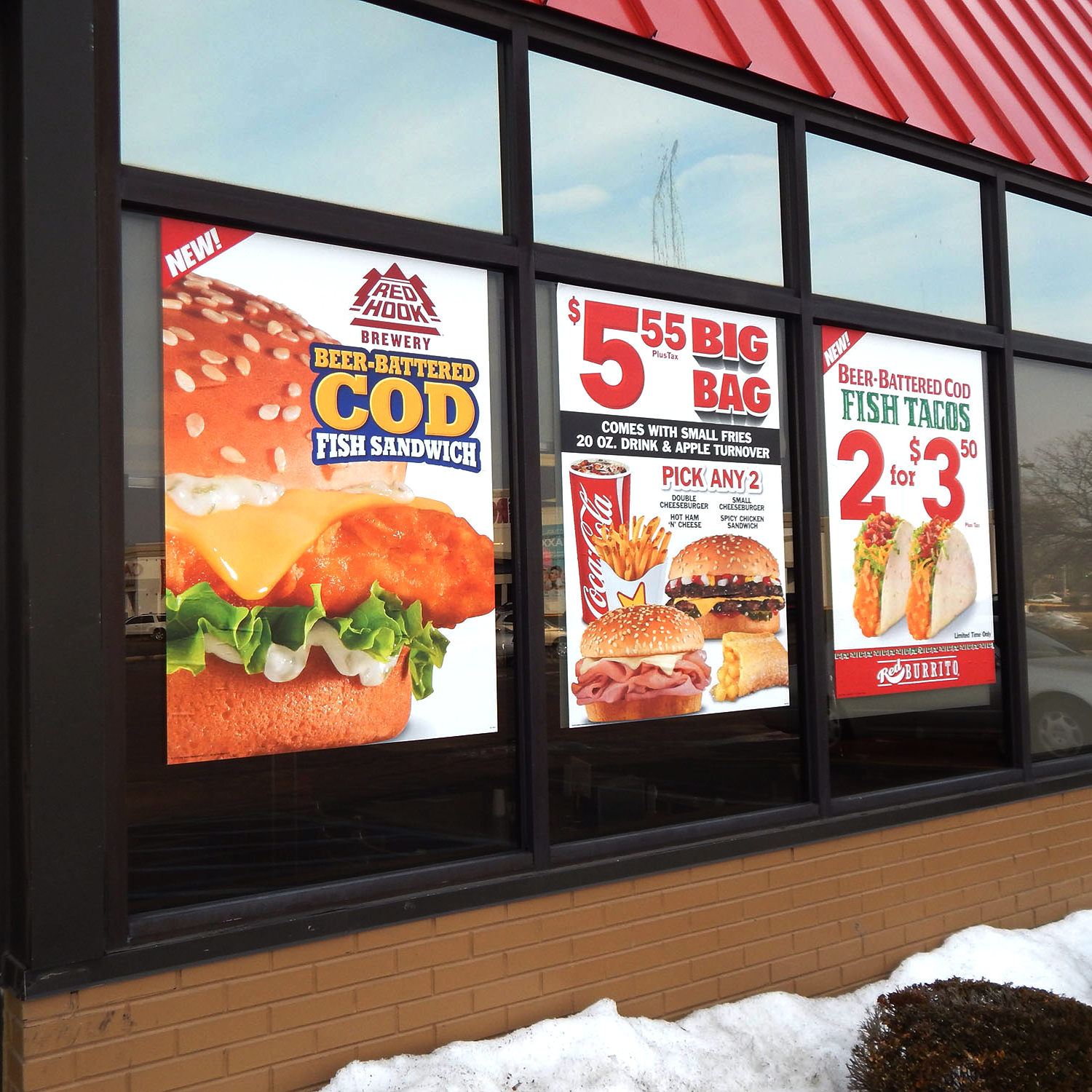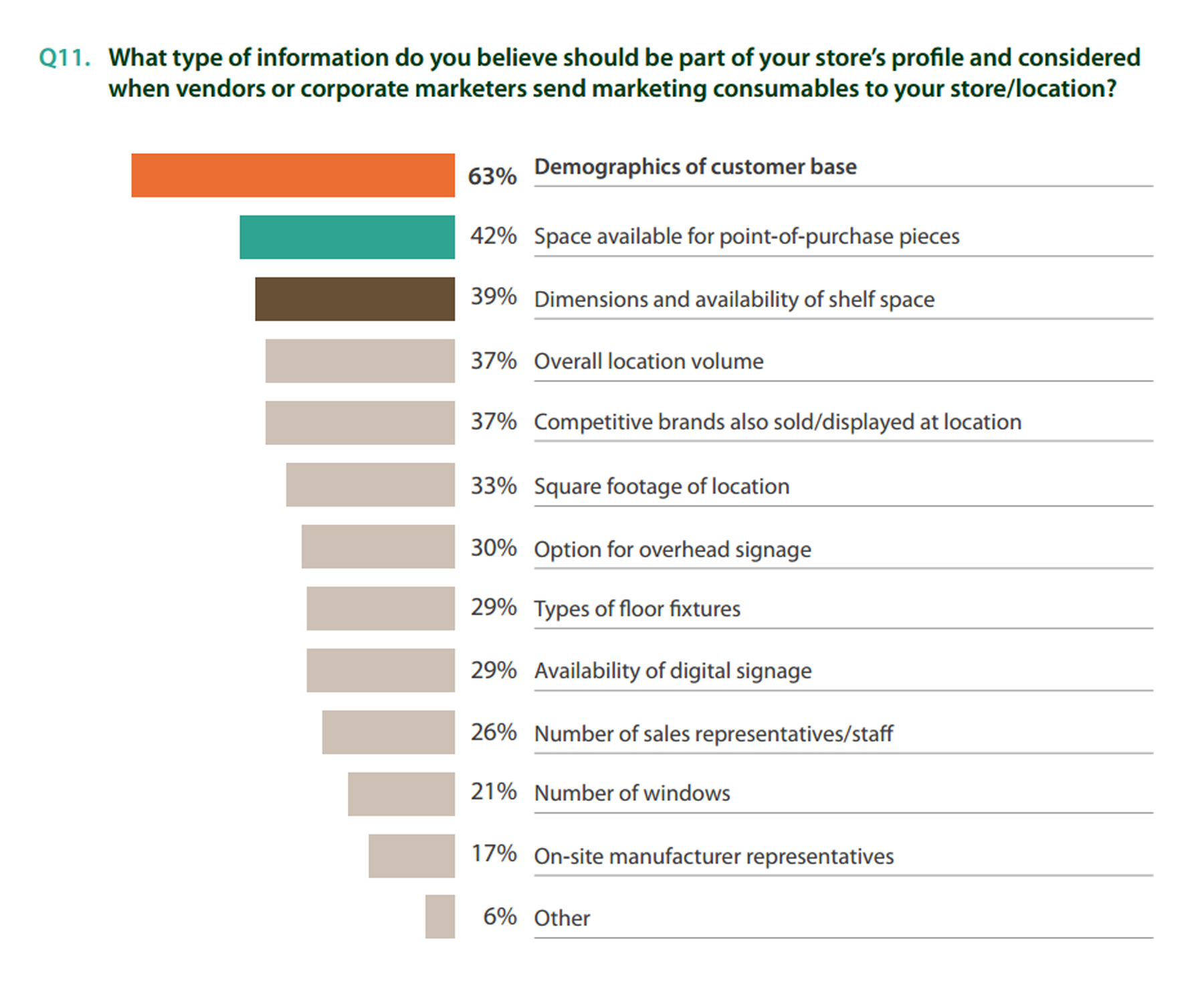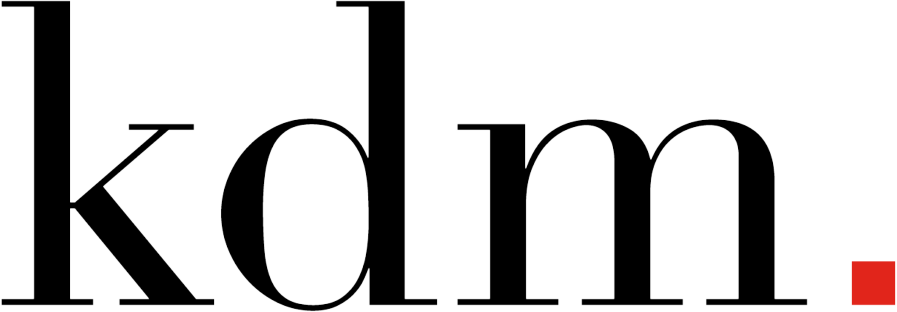Why You Should Use Store Profiling Technology To Drive Sales
According to a study titled “Promotion Commotion” by the CMO Council’s Marketing Supply Chain Institute, up to 50% of retail marketing consumables are deemed as waste. Wow! “Marketing is investing billions in the production of point-of-purchase displays, sales collateral, brochures and in-store materials. There is little regard for the actual targets, locations and resources required to turn these displays into demand creation assets,” noted the CMO Council.

Just How Important Are P.O.P. Materials At Driving Sales At The Store Level?
Multiple studies in the last few years have revealed that an all-time high of 76% to 90% of purchasing decisions happen in-store (depending on which retail segment). A study conducted by POPAI (now Shop!) found that nearly 1 in 6 brand purchases are made when a display with that brand is present in store. It’s resounding evidence that POP/POS materials remain a critical component in product marketing and driving sales.
In the Promotion Commotion Study, the front line, store-level respondents believe that the collection of critical data is necessary for the delivery of promotional marketing materials specific to each store location stating that “This customization and optimization of the Marketing Supply Chain would maximize the potential for impact while also eliminating waste and over-spending.”
Individualized, targeted marketing efforts only work if the Right Message arrives at the Right Place at the Right Time.
The Benefits Of Leveraging Store Profiling Technology
Only about 50% of retailers and consumer brands surveyed are leveraging some form of technology to input location-based, store profiling intelligence and specific marketing fulfillment needs. They have indicated the benefits of these platforms allow them to:
■ Reduce in-store obsolescence and waste by getting the right number of items (30%)
■ Plan and manage inventory – notify store or field assets on new material arrivals, allowing them to plan accordingly (23%)
■ Localize and personalize materials to best reach the location’s target market (19%)
■ Get the right number of items required to properly cover floor space (14%)
■ Physical characteristics of the store (square footage, a stand-alone store, a mall location, a drive thru, number of windows, etc.)
■ Products and/or services offered (brand offerings, menu options)
■ Demographics of surrounding community (pricing strategy, messaging and imagery that reflects targeted population)
■ Local regulations (exterior signage ordinances)
See the graph from the CMO study regarding the store profile information that should be considered:


